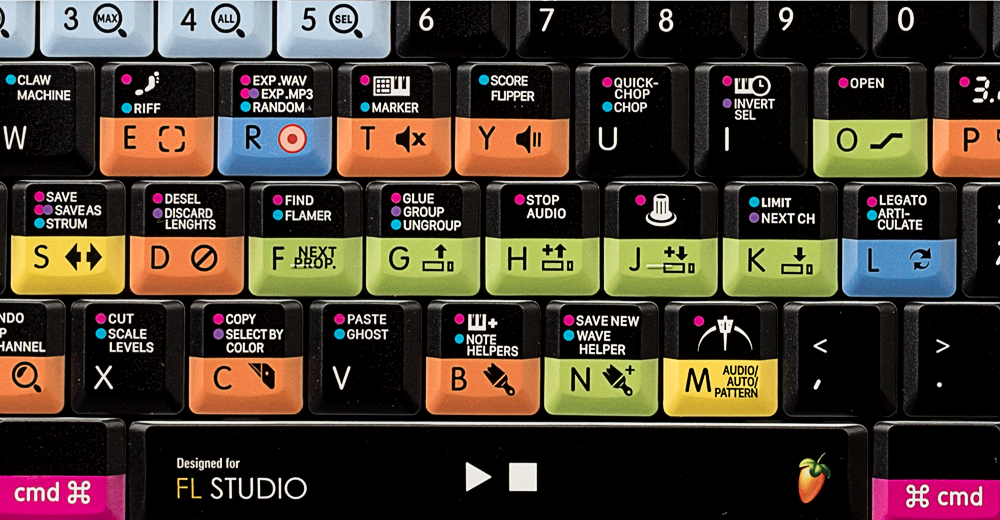

- #Fl studio for mac computers driver
- #Fl studio for mac computers full
- #Fl studio for mac computers download
- #Fl studio for mac computers windows


This can prevent the system going into turbo CPU mode, and then thermal throttling which causes issues.

If you are running a Laptop/Tablet CPU and experiencing unexpected audio glitches or CPU spikes, try Advanced Settings and set Minimum / Maximum processor state to 99%. Set your power management to 'High performance mode'. *** Whether or not this sub-menu shows depends on your windows settings. Windows - ' Start > Settings > Control panel > System & maintenance*** > Power Options'.If you are serious about your music production then you will be prepared for, at least, some melting of the polar ice caps.
#Fl studio for mac computers full
#Fl studio for mac computers driver
For Windows you will need to click the ' Show ASIO panel' button there, to see the settings if you are using an ASIO driver (as you should be!). The Buffer length setting is found on the Audio settings page. Increase the audio buffer length - For Windows and macOS, make sure the Buffer length setting is not less than 10 ms (441 samples).NOTE: Do not connect your audio device through a hub. This can improve unsolvable crackling issues, particularly during recording. macOS - Try Aggregating your audio interface.
#Fl studio for mac computers download
Whichever driver you use, download the latest from your audio device manufacturer. Look first for the native ASIO driver that installed with your audio device OR if one is not available use the Image-Line FL Studio ASIO. Windows, one of the most important settings is to select an ASIO audio device driver from the Input / output menu.Some very important settings are located on Options > Audio: Further information is available in the FL Studio Optimization YouTube playlist. If you do hear glitches in an exported audio, then it's a plugin behaving badly. Underruns also can't occur in exported wave or mp3 files as the render process can take as long as it needs to generate audio. Underruns only matter during real-time playback - Loading projects and plugins will cause underruns and so the total count should not bother you. If the buffer runs out before your CPU catches up then your audio device will start crackling or stuttering as it plays the audio data arriving later than needed, in bits and pieces. In this case some of the buffered audio can be used while the CPU catches up. The purpose of pre-rendering is to allow for short spikes in CPU load when your computer can't keep up 'real-time'. The length of the segments is set by the Buffer length in the Audio Settings. Why do underruns happen? - Live audio is rendered, ahead of time, in small segments that are sent to your audio interface. The good news is, CPU load can be lowered if you take the time to make some adjustments to FL Studio as shown below. If your CPU load climbs too high, you will hear clicks, pops or stuttering in the live audio.


 0 kommentar(er)
0 kommentar(er)
